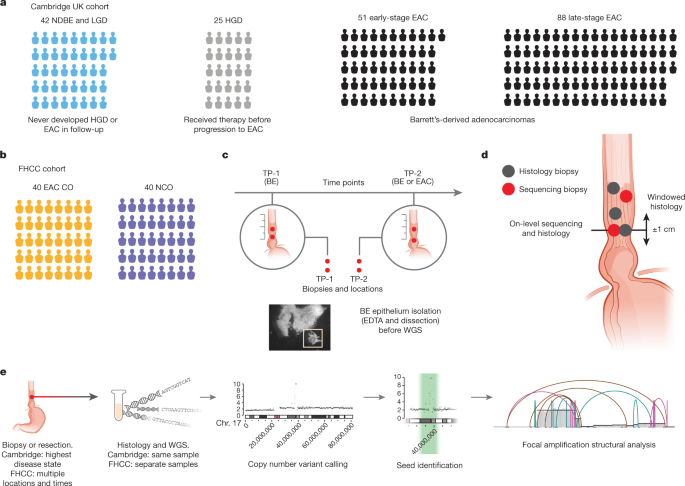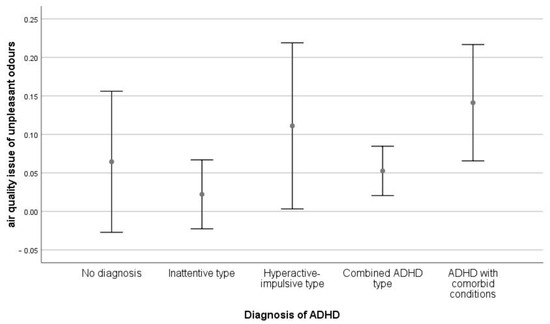染色体外DNAの新たな理解で、より良いがん治療につながる可能性 New understanding of extrachromosomal DNA could lead to better cancer therapies
2023-04-12 カリフォルニア大学サンディエゴ校(UCSD)
この円形のDNAは、通常がん遺伝子を含んでおり、大量に細胞に存在するため、細胞の自然なプログラミングを上書きするスーパーチャージ成長シグナルを送り出します。これらは、がんに対する免疫系の応答を抑制する遺伝子も含んでいます。前がん細胞にさえ見つかることが判明し、彼らが運ぶ細胞に及ぼす影響を防ぐことが、がんの発生を防止するかもしれないと研究者らは信じています。
<関連情報>
- https://today.ucsd.edu/story/tiny-dna-circles-are-key-drivers-of-cancer
- https://www.nature.com/articles/s41586-023-05937-5
バレット食道の癌化における染色体外部DNAについて Extrachromosomal DNA in the cancerous transformation of Barrett’s oesophagus
Jens Luebeck,Alvin Wei Tian Ng,Patricia C. Galipeau,Xiaohong Li,Carissa A. Sanchez,Annalise C. Katz-Summercorn,Hoon Kim,Sriganesh Jammula,Yudou He,Scott M. Lippman,Roel G. W. Verhaak,Carlo C. Maley,Ludmil B. Alexandrov,Brian J. Reid,Rebecca C. Fitzgerald,Thomas G. Paulson,Howard Y. Chang,Sihan Wu,Vineet Bafna & Paul S. Mischel
Nature Published:12 April 2023
DOI:https://doi.org/10.1038/s41586-023-05937-5

Abstract
Oncogene amplification on extrachromosomal DNA (ecDNA) drives the evolution of tumours and their resistance to treatment, and is associated with poor outcomes for patients with cancer1,2,3,4,5,6. At present, it is unclear whether ecDNA is a later manifestation of genomic instability, or whether it can be an early event in the transition from dysplasia to cancer. Here, to better understand the development of ecDNA, we analysed whole-genome sequencing (WGS) data from patients with oesophageal ademocarcinoma (EAC) or Barrett’s oesophagus. These data included 206 biopsies in Barrett’s oesophagus surveillance and EAC cohorts from Cambridge University. We also analysed WGS and histology data from biopsies that were collected across multiple regions at 2 time points from 80 patients in a case–control study at the Fred Hutchinson Cancer Center. In the Cambridge cohorts, the frequency of ecDNA increased between Barrett’s-oesophagus-associated early-stage (24%) and late-stage (43%) EAC, suggesting that ecDNA is formed during cancer progression. In the cohort from the Fred Hutchinson Cancer Center, 33% of patients who developed EAC had at least one oesophageal biopsy with ecDNA before or at the diagnosis of EAC. In biopsies that were collected before cancer diagnosis, higher levels of ecDNA were present in samples from patients who later developed EAC than in samples from those who did not. We found that ecDNAs contained diverse collections of oncogenes and immunomodulatory genes. Furthermore, ecDNAs showed increases in copy number and structural complexity at more advanced stages of disease. Our findings show that ecDNA can develop early in the transition from high-grade dysplasia to cancer, and that ecDNAs progressively form and evolve under positive selection.


